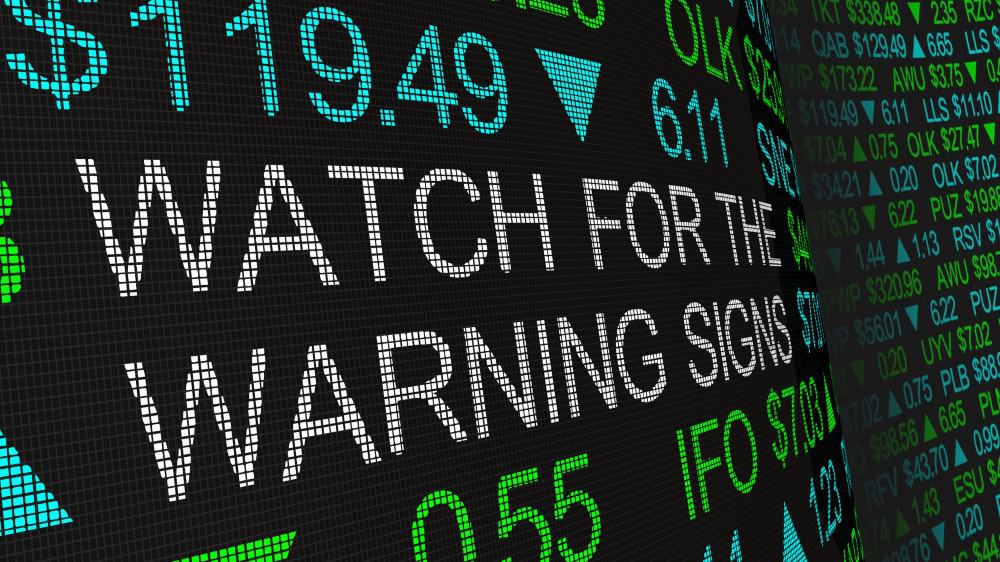Benefit payments like the former CERB — now CRB — can create a dilemma for the government. Such benefits are crucial in keeping the economy moving and keeping people housed and fed amid a global pandemic. But they can also be the element preventing people from rejoining the workforce.
This was more of a problem with a generous payment like the CERB. With the new CRB, the CRA isn’t as forgiving or generous. The benefit distribution has been monitored closely to ensure that only the eligible recipients are receiving the benefits. And in some cases, the CRA can take back part or even all of your CRB benefit payments.
How can the CRA take the CRB back?
One way that the CRA is clawing back part of everyone’s CRB — even if they are eligible — is the tax. The CRB is taxable income, and the government is already withholding 10% tax before sending it out. But that’s not all. You will have to add it into your taxable income for filing purposes, and if your tax obligation is higher than the 10% the CRA withheld, you will need to pay more.
Another way that the CRB can be clawed back is if your yearly income exceeds the $38,000 threshold. If that happens, you’ll need to pay $0.5 of the CRB you received back for every dollar you’ve earned over $38,000 until your CRB payment is exhausted completely, ensuring that only those who need it most benefit from the payment.
Permanent funds
Government benefits funds are a temporary measure to keep you going. What you create for yourself is likely to last much longer. It’s a good idea to start investing in good companies now, so when the next crisis hits, you’d have created a sizeable enough nest egg for yourself. That would allow you to survive on your own without reverting to government benefits, which the CRA might take away at any time.
One stock that can help you do that is Dream Industrial REIT (TSX:DIR.UN). Dream Industrial is a steadily growing REIT — one of the few that didn’t slash its dividends. It has a geographically diverse portfolio of high-value industrial properties in Canada, the U.S., and Europe, and 263 properties in that portfolio.
This REIT offers both s steady growth and a juicy 5.5% yield. The stock fell over 50% during the crash and has mostly recovered. If another market crash doesn’t rock the market, chances are that it would attain its pre-pandemic valuation by early 2021. This makes now a good time to buy the company at a discounted price.
Foolish takeaway
Even if the CRB isn’t taken away from you through clawbacks, you will still need to pay taxes on this benefit payment. Instead, if you had funds or reserves growing in your TFSA, you could have created a passive, tax-free income. As for the CRB, if your income exceeds the threshold, you should start saving now to payback the CRB benefit you received when you are paying your taxes.










